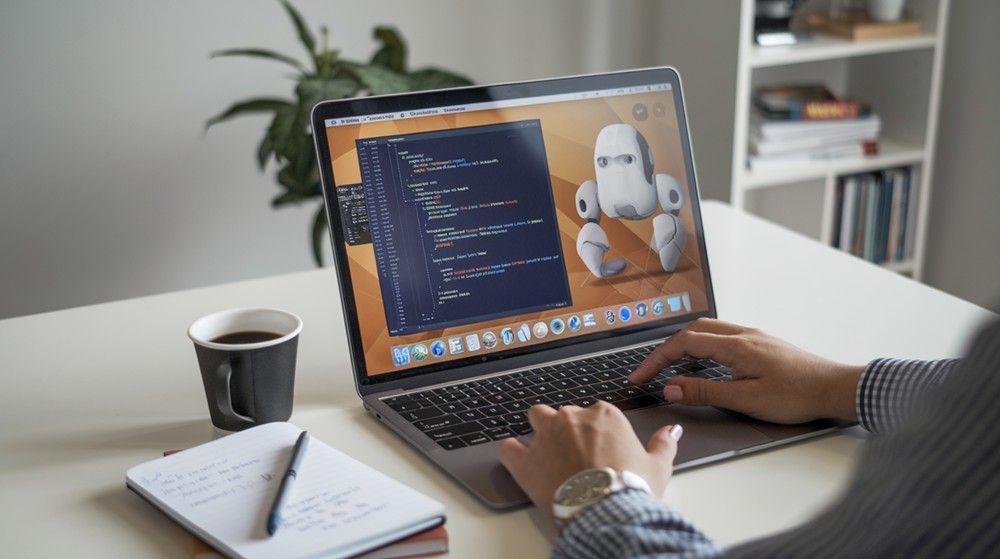What’s New for Developers?
1. Realtime API
First up is the Realtime API, a game-changer for those who work with speech-to-speech applications. This new capability allows for low-latency, multimodal conversations, making it feel as if you’re talking to a person rather than a machine. It’s similar to the existing ChatGPT Advanced Voice Mode, but the best part? Developers can integrate this functionality directly into their own applications. This feature will initially be available in beta for those on the paid tier of the ChatGPT API, along with six preset voices that were introduced earlier. Imagine the possibilities this opens up for creating more dynamic and engaging user experiences!
2. Prompt Coaching
Next on the list is Prompt Coaching. OpenAI is introducing this feature to help developers save on costs related to frequently used prompts. Often, developers find themselves repeatedly sending the same input prompts while working on code or engaging in multi-turn conversations with the chatbot. With prompt coaching, developers can now reuse recently utilized input prompts at a discounted rate, allowing for faster processing. If you’re someone who often tweaks and refines prompts, this feature will undoubtedly save you both time and resources.
3. Vision Fine-Tuning with GPT-4o
Another exciting addition is the vision fine-tuning capability with the GPT-4o model. Developers can customize this large language model (LLM) for vision-related tasks by training it on a fixed set of visual data. The cherry on top? The performance can be improved using as few as 100 images! This opens up new avenues for applications that rely heavily on visual input, enhancing both accuracy and efficiency.
4. Simplified Model Distillation
Lastly, OpenAI is streamlining the model distillation process. For those who may not be familiar, model distillation involves creating smaller, more efficient AI models derived from a larger language model. Previously, this process was quite convoluted, but now, OpenAI is providing new tools such as Stored Completions (to easily generate distillation datasets), Evals (for running custom evaluations and measuring performance), and Fine-Tuning (to tweak smaller models after running an Eval). This simplification means that developers can spend less time navigating complex processes and more time focusing on building innovative applications.
What’s Next?
All these features are currently in beta and will eventually be available to all developers using the paid version of the API. OpenAI has also mentioned that they are working on further reducing the costs associated with input and output tokens, making it more affordable for developers to harness the power of AI.
OpenAI’s recent funding round, which raised a whopping $6.6 billion (around ₹55,000 crore), showcases the company's commitment to enhancing its offerings and ensuring that developers have the tools they need to create cutting-edge applications.
Final Thoughts
As a developer, I can’t help but feel excited about these new features. The potential for creating more interactive and efficient applications is enormous, and I’m eager to see how these tools will transform the landscape of AI development. Whether you’re building speech-based applications, working with visual data, or simply looking to streamline your workflow, OpenAI’s latest offerings have something for everyone.
If you have any thoughts or questions about these new features, feel free to drop a comment below. Let’s keep the conversation going!
This article is based on factual information available on third-party websites, which has been carefully confirmed and verified during the research process. It is recommended to check any required information. I do not hold any rights over the used image; it is sourced from Kavout via Google Images.





.png)
0 Comments